| A trip across Hungary from the western border next to Austria all the way to the eastern border took my parents and I over 10 hours in the car last Thursday, the 17th of September. It was a very long drive and we were exhausted by the time we got over the border into Romania last Thursday night. We stayed in a simple, clean hotel over the border in a town called, by the Romanians, Oradea. But when it was part of Hungary it was called Nagyvárad; and that is what my parents still call it today. They are both bitter that Hungary lost this most beautiful region of Eastern Europe. Friday morning we continued our drive another 7 hours to the hotel at Gylkosto (Red Lake) where we stayed for two nights. A very lovely inn and the staff all spoke in Hungarian which made my parents so very happy. The three of us thoroughly enjoyed our time there...as short as the stay was. From what I've read on the Internet, Transylvania was associated with Hungary for over 1000 years. In the 10th century a Magyar (Hungarian) tribe, the Székelys, settled in what it called Erdély (‘beyond the forest’ – the literal meaning of Transylvania). The Magyar tribes first entered the region in the 5th century, but they didn't fully control it until 1003, when King Stephen I placed it under the Hungarian crown. The valleys in the east and southeast were settled by the Székely, a people akin to the Magyars. It is not known, however, whether they came into Transylvania with or before the Magyars. In November 1918, after the endo fo World War I, the Austro-Hungarian empire suffered a complete military loss, even if at the time of the collapse, all forces were standing outside of borders of 1914. With the collapse of the army, Austria-Hungary also collapsed. In the Treaty of Trianon signed on June 4, 1920, Hungary lost two-thirds of its territory, more than half of its population, more territory than any other country at that time (excluding colonies). Eight million Hungarians were left in Hungary and more than 3 million Hungarians were stranded outside of the newly established borders. The southern part of Hungary was given to Yugoslavia. More than 104.000 square km (the whole of Eastern Hungary and Transylvania) were lost to Romania, more than what was left for Hungary itself 93.030 square kilometers. The northern part of Hungary was annexed by the newly created Czechoslovakia. Austria got Burgenland which was a part of Hungary also. These newly created or greatly enlarged states formed the Little Entente (Czechoslovakia, Romania and Yugoslavia) after the war encircling Hungary in order to make border reestablishment impossible. The Hungarian Army was reduced to a mere 30.000 troops, Hungary was forbidden to have air force, tanks and any more sophisticated weapons. The borders were set in such a way that all natural defense lines were crossed making the remaining territory totally vulnerable and difficult to defend. On the American Hungarian Federation's website: "Count Apponyi pleading to the Supreme Council of the Paris Peace Conference: "In the name of the great principle so happily phrased by President Wilson, namely that no group of people, no population, may be transferred from one State to another without being consulted,- as though they were a herd of cattle with no will of their own,- in the name of this great principle, an axiom of good sense and public morals, we request, we demand a plebiscite on those parts of Hungary that are now on the point of being severed from us. I declare we are willing to bow to the decision of a plebiscite whatever it should be. Of course, we demand it should be held in conditions ensuring the freedom of the vote." The United States has never ratified this treaty. At the time President Wilson said: “The proposal to dismember Hungary is absurd” and later Sir Winston Churchill said: “Ancient poets and theologians could not imagine such suffering, which Trianon bought to the innocent.” Others warned that a weakened, dismembered Hungary would lead to a weak, fragmented Central Europe unable to resist Soviet expansionism. We are sad to report they were right." In any case, Hungary lost (in my own opinion) the most beautiful parts including the Carpathian mountain range. It was quite an enjoyable ride. The views were spectacular with the flatness of the plains against the mountain ranges in the distance. A common site was people on horse-pulled wagons. Everywhere! Every village (falu in Hungarian) we went through, we saw at least one of these carts. I wish I would have had a chance to take more pictures of them but I was driving. We drove through one village where we were delayed for a few minutes while sheep were being driven through the streets and walked right along side the car. i did get a few pictures of that. When we got to the border of Romania, which was once a part of Hungary, we didn't find many Hungarian-speaking people. But once we got to the mountains and stayed at a most wonderful inn called Red Lake Inn located in Gheorgheni, everyone spoke Hungarian. It was a small inn, very intimate and comfortable. If I ever want to take the long trip back, I know where I would want to stay. On the way up to the lake, I heard some bells when we pulled over to look at the view. I got out of the car to investigate and found some cows in a small clearing. Here are some pictures from our trip. Enjoy! |
|
2 Comments
Stephanie
9/23/2015 09:39:36 pm
Thanks for sharing the information.
Reply
Kathy
9/24/2015 01:06:23 am
Hi Stephanie,
Reply
Leave a Reply. |
Categories
All
Archives
February 2022
|
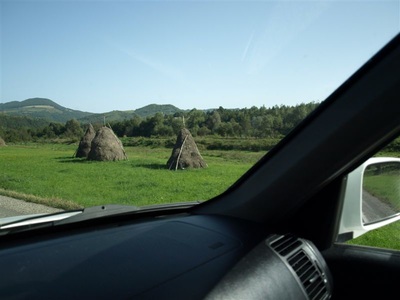
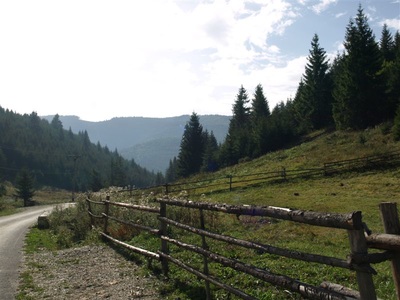
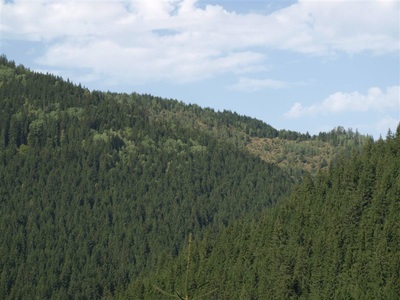
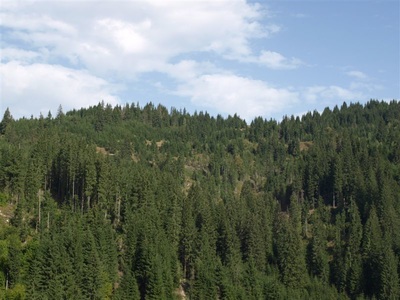
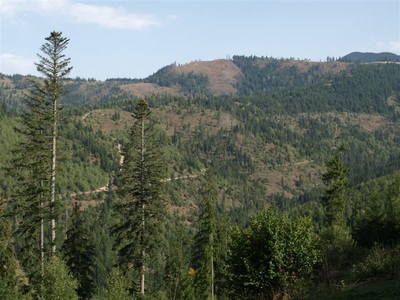
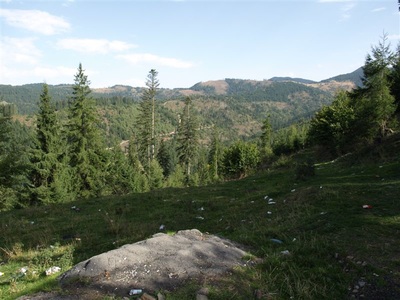
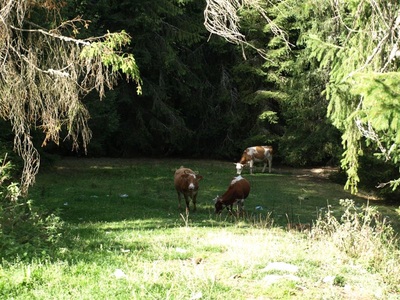
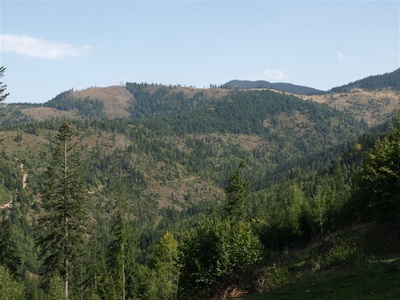
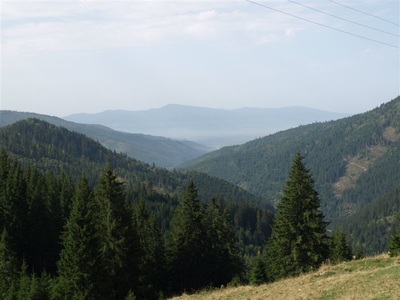
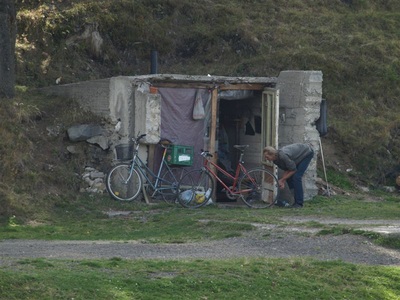
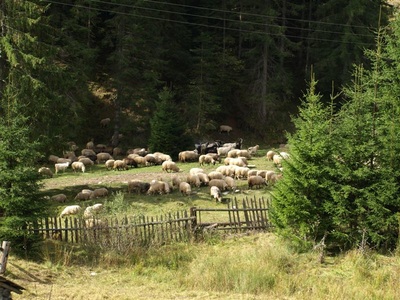
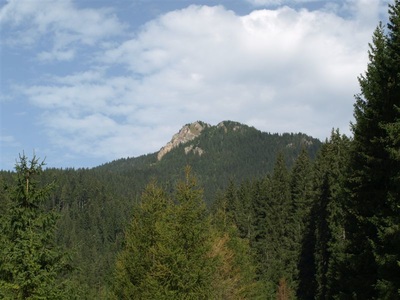
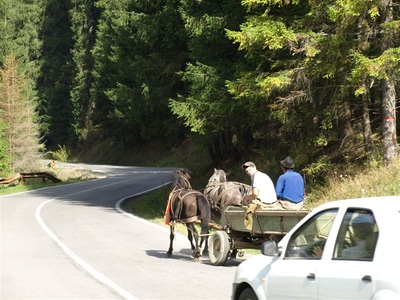
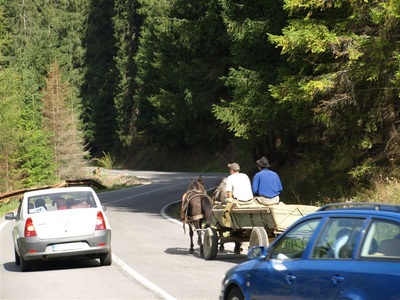
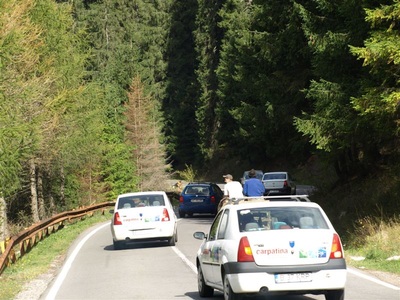
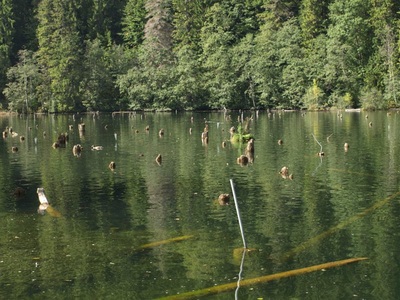
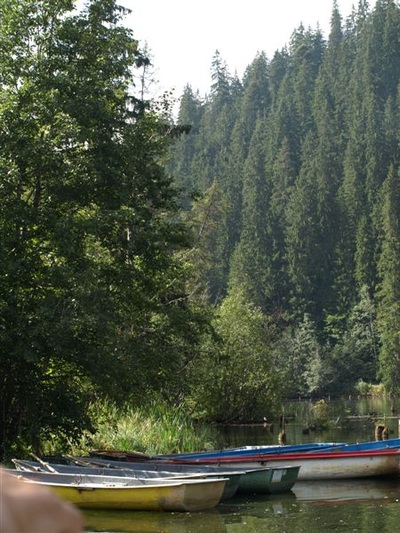
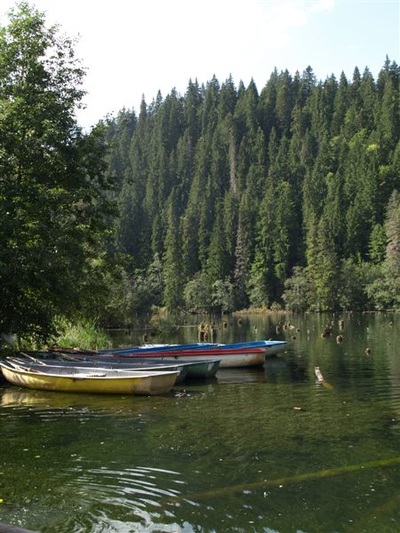
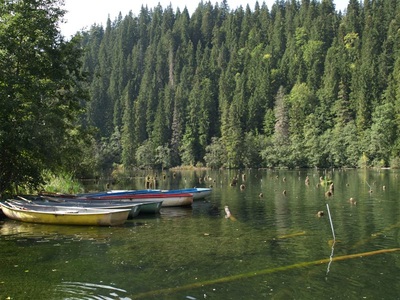
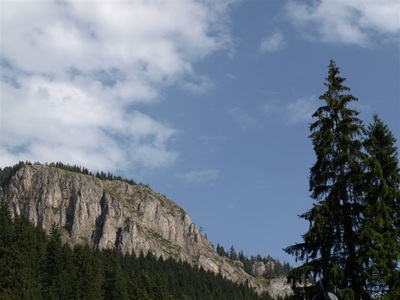
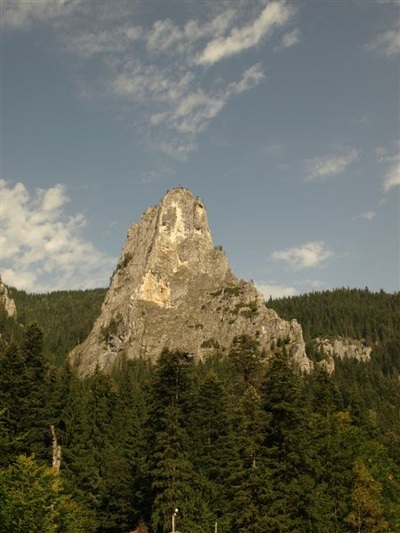
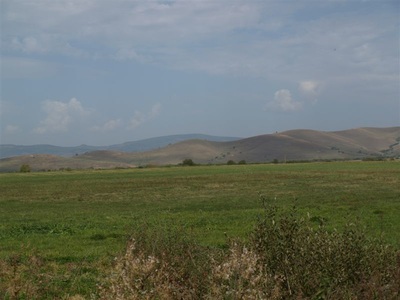
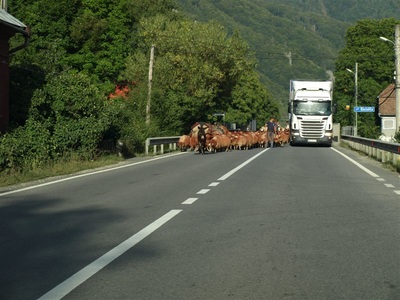
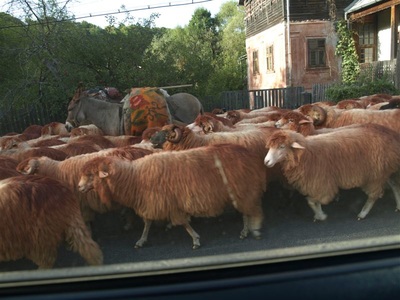
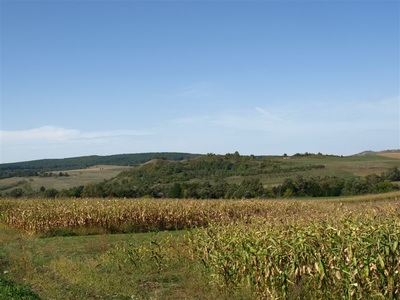
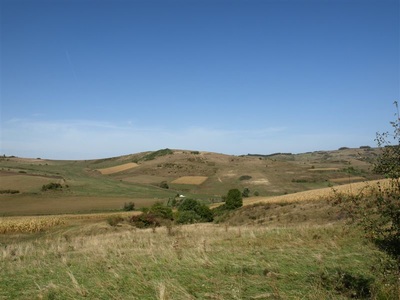
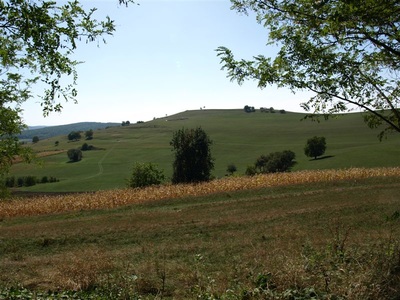

 RSS Feed
RSS Feed